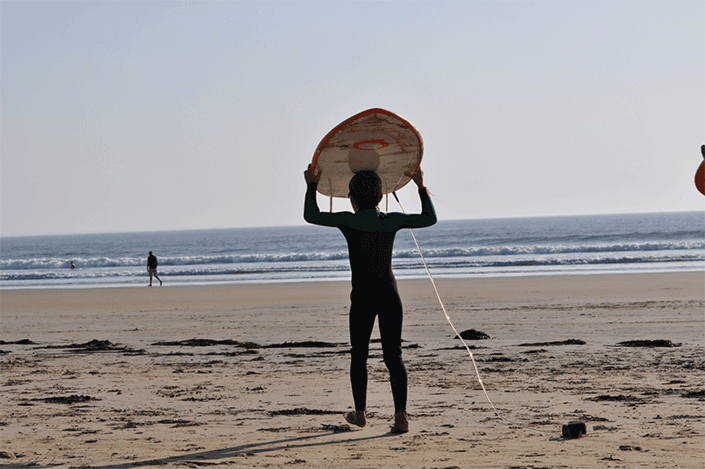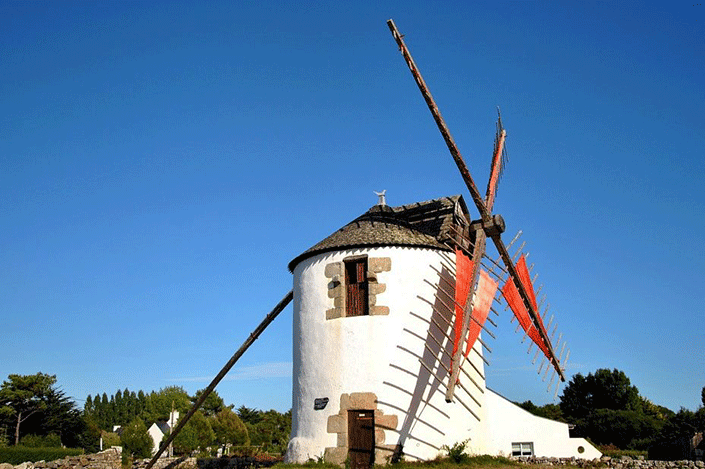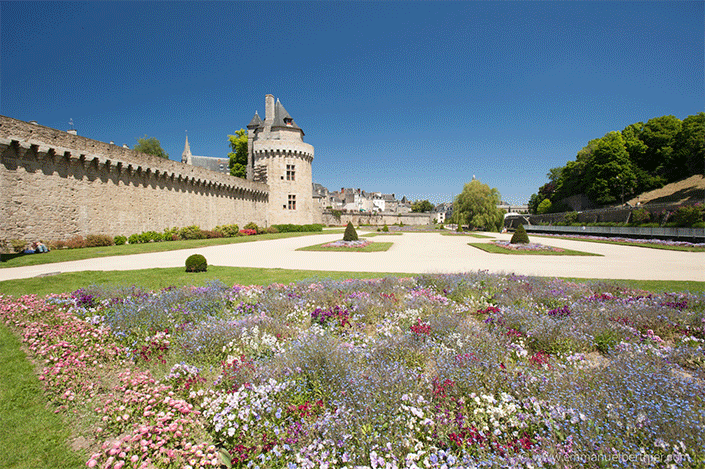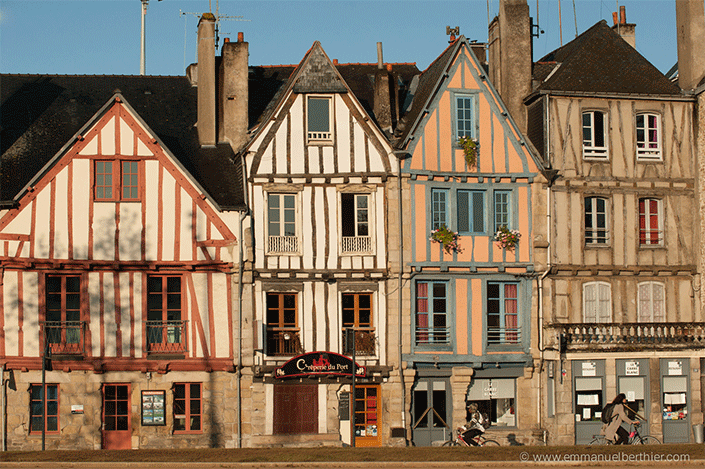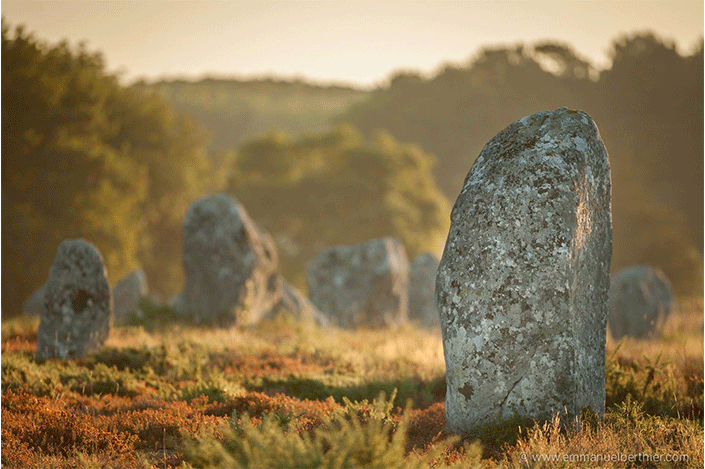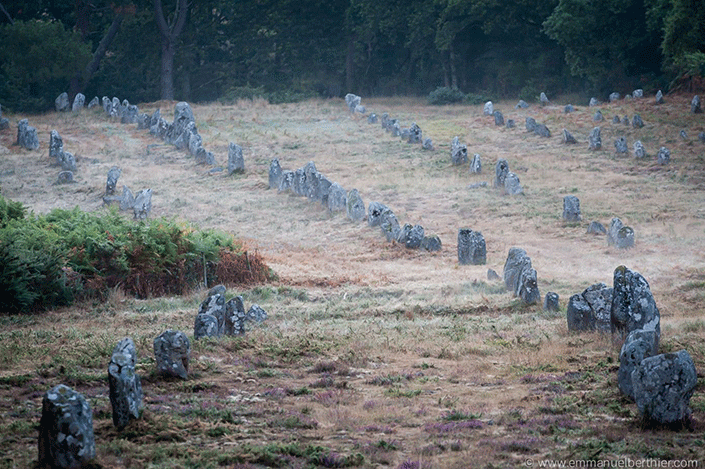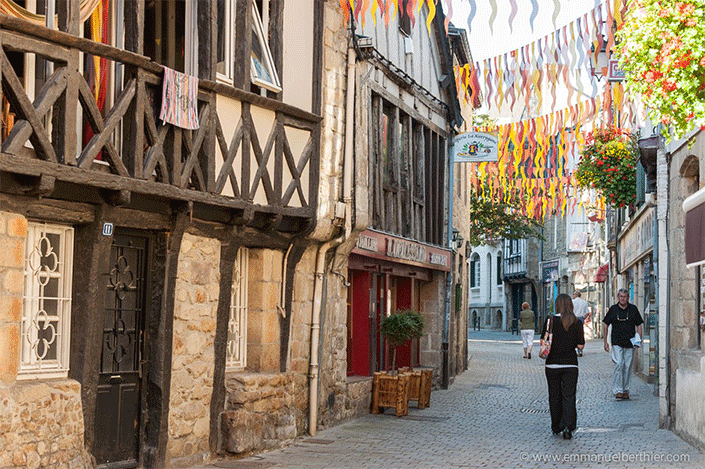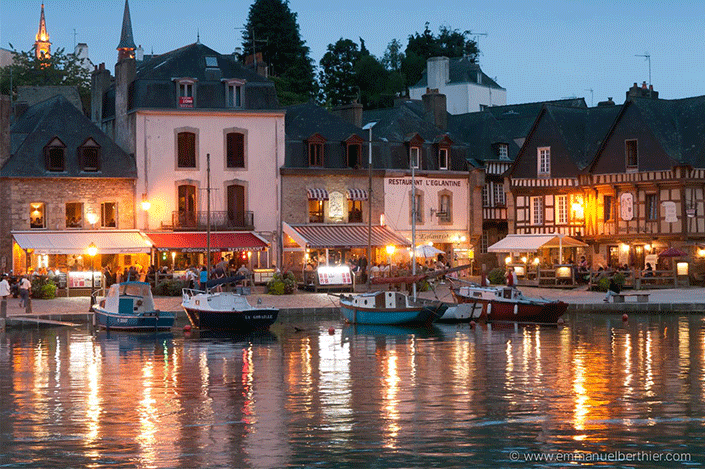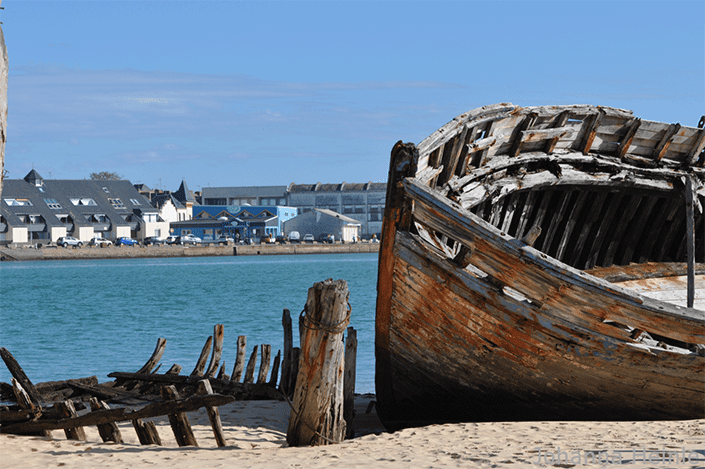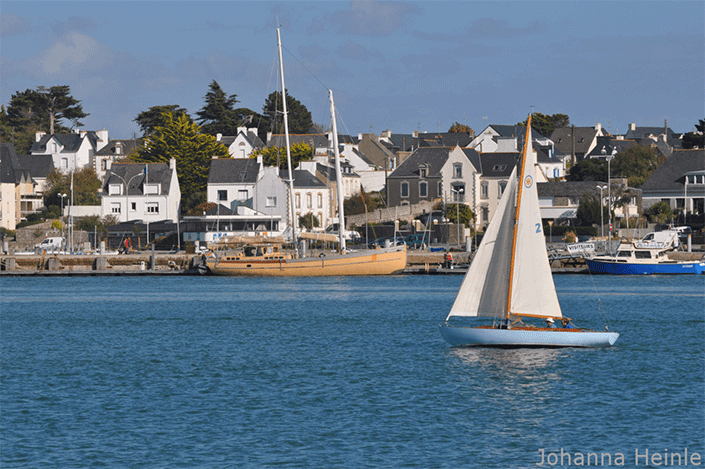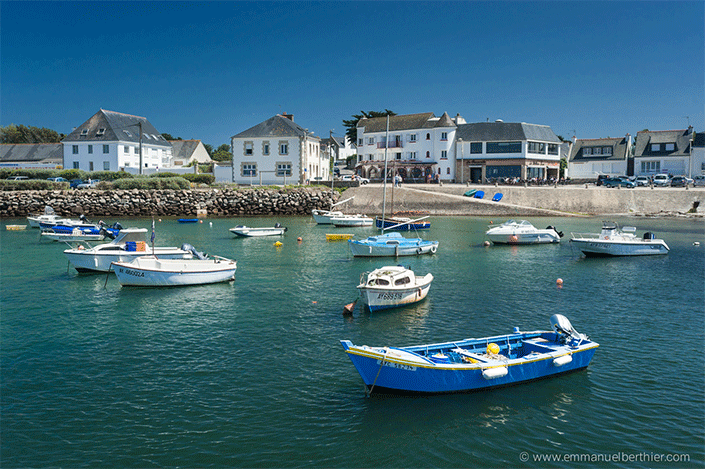Sightseeing
Vannes
Carnac
Auray
Étel
Quiberon
Activities
Breton islands
The best way to discover the Gulf of Morbihan or visit Houat, Hoedic, Groix or Belle ile en Mer islands is to take a boat tour from Vannes, Quiberon, Lorient or Port Navalo. Don’t hesitate to visit them and enjoy the beautiful light that shines upon the Gulf.
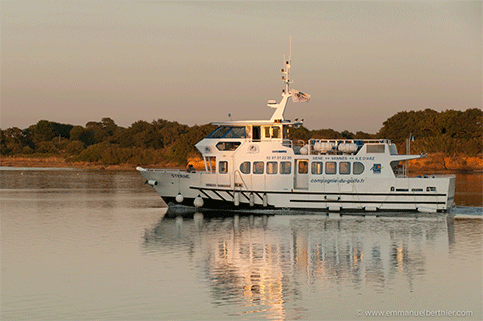
Water sports
Erdeven is ideally situated if you enjoy water sports. The Water Sports Centre in Etel offers activities for ‘little sailors’ (3 years old) and wind surfing, dingy and catamaran for the older kids (from 7 years old). Beginners will learn in the safe environment of the lake while the more experienced will sail on the Ria of Etel or in the ocean. You can learn to kite surf on Kerhilio beach. Another way to discover Brittany is to go diving in Etel or at the Haliotis Plongée Centre in Quiberon. Make sure you bring along a recent medical certificate (less than a year).

If you prefer kayaking, enquire at the Kerguelen water sports centre in Lorient for sea kayaking or at Lochrist for river kayaking. In July and August you can also rent a kayak at Ste Helene, near Etel. In Etel you can rent a boat or go sea fishing
Castles
Brittany is a heaven for castle and history lovers: start with the Plessis-Josso castle in Theix which was built in 1330, then Suscinio castle (photo), built in the 13th century near the ocean; it was the favourite residence of the Dukes of Brittany. Hennebont Castle which dates back to the 13th century is also worth a visit and is now a national stud farm, not to mention the castle of the Dukes of Rohan in Pontivy and the Josselin fortress which was built in the 11th century!

Menhir/Dolmen
Don’t believe Asterix and Obelix, menhirs and dolmens are neither the work of Gauls nor Celts; they are thousands of years old. Menhirs, megaliths, dolmens and stone tables are the oldest monuments in the world. Dolmens consist of several erected stones supporting a horizontal slab; they were used as collective graves. On the other hand tumuli were used to protect the funeral room and to impress strangers by commanding respect and admiration for the community that erected them. Menhirs are long erected stones. Unlike dolmens and tumuli, researchers still haven’t found what they were used for.
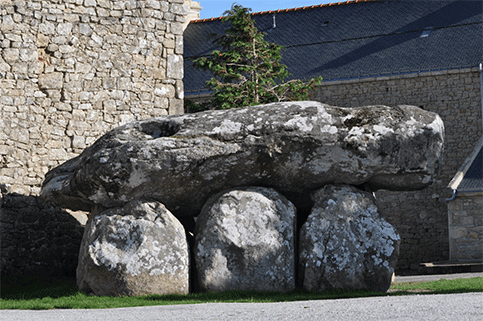
Brittany megalithic heritage is so rich that you will find dolmens, menhirs and tumuli in Erdeven, Carnac, Locmariaquer or on the Ile du Petit Mont as well as in the Gulf of Morbihan on the Gavrinis island and in many other places!
Museums
Many museums in the area enable you to travel back in time: the prehistory museum in Carnac, the tuna boat museum in Etel recalls the history of this port which was one of the main fishing ports on the Atlantic coast between 1930’s and 1960’s. You can also visit the Flore submarine (Submarine discovery centre) kept in a huge bunker in Lorient or discover the ‘Cite de la Voile’ Eric Tabarly (Eric Tabarly Sailing World).
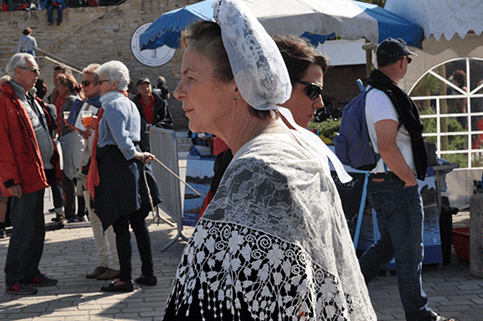
Here are 2 must see places that will help you understand how Bretons used to live: Poul-Fetan, in Quistinic, depicts the life of Bretons in 1850 and the village de l’An Mille in Melrand where you can find out about plants used in the middle ages and the daily life of peasants through exhibitions, trails as well as discover well preserved relics.
Zoo
If you are keen on nature and wildlife, make sure you visit the Branféré zoo where animals roam freely in the park, or the Pont Scorff zoo, the butterfly garden or the aquarium in Vannes.

Bird watching lovers will enjoy the Séné nature reserve and the Gavres inner little sea.
